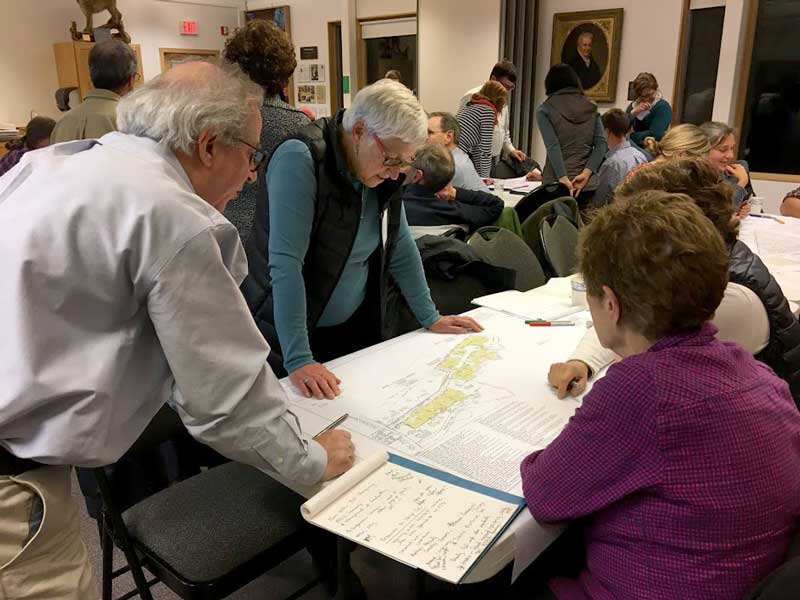Volunteers Donate More than 17,000 Hours
to Stewardship of Casco Bay
Organizations Engage Volunteers in Wide Range of Roles
WHY IT MATTERS
Volunteers for nonprofit and state government environmental organizations engage in important work. Their efforts contribute to the health and resilience of their communities. They may also develop personal connections with the Bay’s ecosystem and become more deeply involved in the Bay’s protection and restoration. The number of hours donated by volunteers for environmental stewardship is one measure of how connected people are to Casco Bay and how committed they are to protecting it.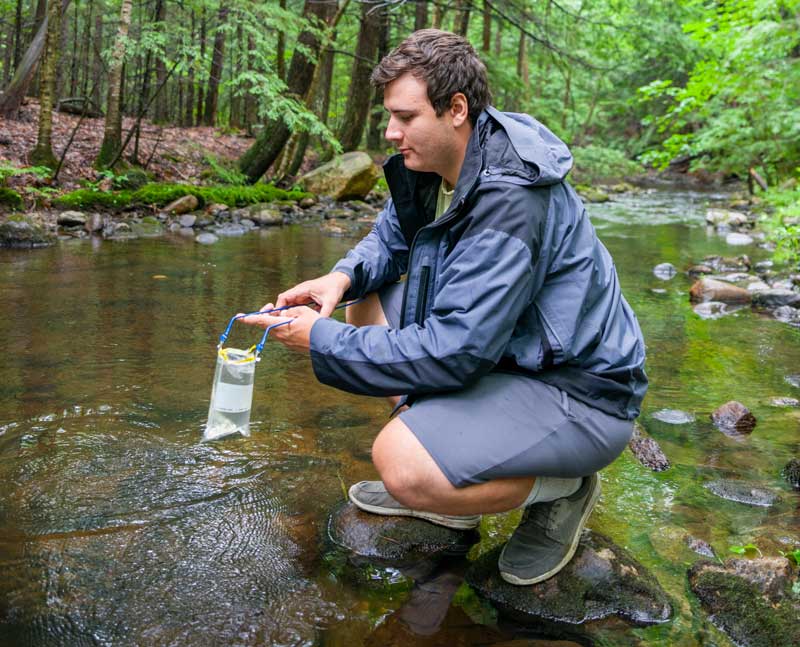
STATUS
CBEP in 2020 canvassed 26 nonprofit and state government environmental organizations active in Casco Bay and its watershed about volunteer stewardship and heard back from 13 organizations, 9 of which were land trusts.
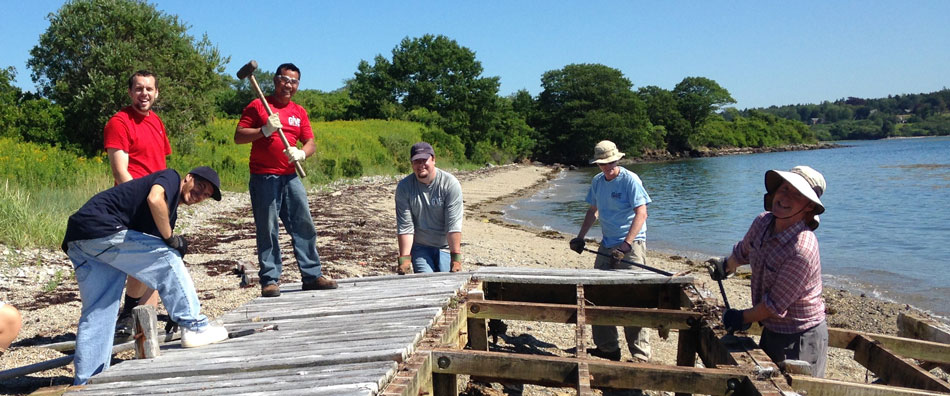
Types of Volunteer Opportunities
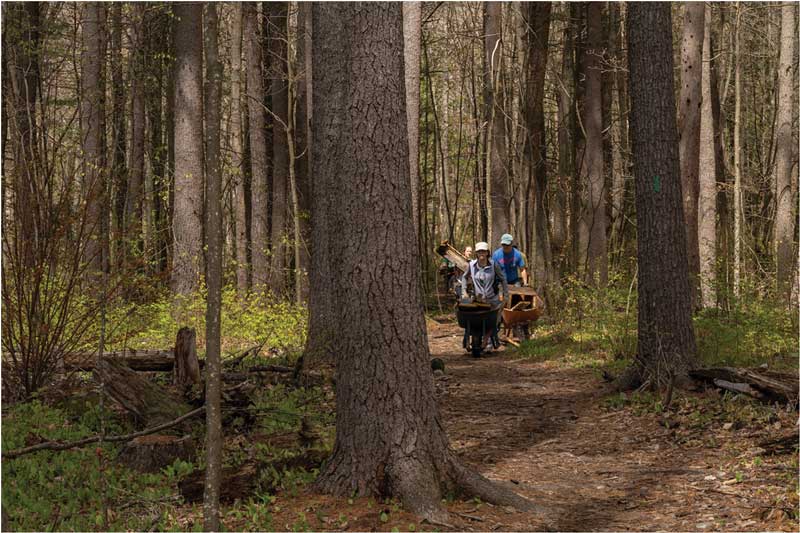
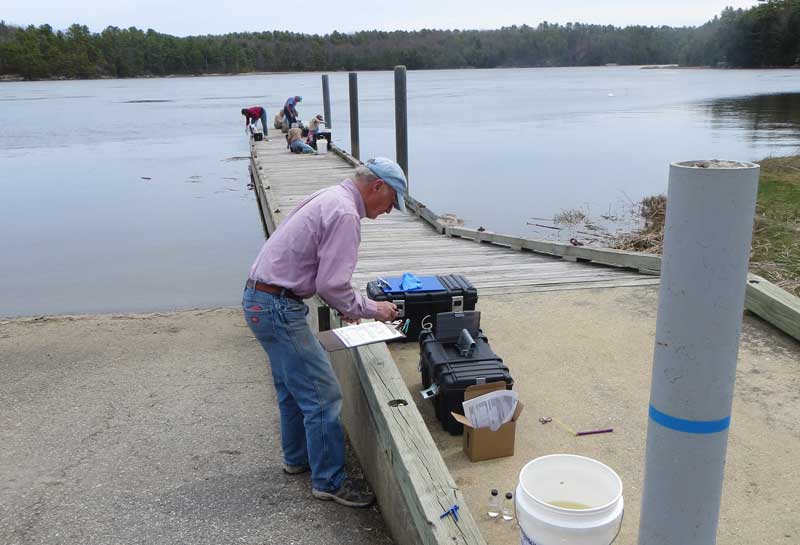
Conservation commissions: key partners for casco bay
Conservation commissions are municipal advisory boards established by towns and cities through their legislative bodies such as town meetings or municipal councils. Members of conservation commissions are volunteers.
According to the Maine Association of Conservation Commissions, the most active commissions educate community members about local environmental issues; advise elected officials regarding environmental policies and practices; and organize and implement initiatives that address community environmental concerns. They often work in concert with local land trusts and nonprofits.
Commissions in the Casco Bay watershed are engaged in sea level rise monitoring, trail improvement, comprehensive plan guidance, pollution best management practices and education, and many other projects.
Successes and challenges
- CBEP’s canvassing of nonprofit and state government environmental organizations asked respondents to describe successes and challenges related to engaging volunteers in stewardship. The following quotations are representative of the range of responses:
“We’ve learned that on the whole, working with volunteers does not save us time or money. However, it’s an extremely rewarding and important way of engaging our communities with land conservation.”
“Couldn’t live without them.” - Several organizations cited long-term retention of volunteers and multi-year engagement as their greatest volunteer program successes.
- Leading nature walks, monitoring water quality, and participating in citizen science projects provide unique opportunities for volunteers. Popular public events can also be built around these topics.
View a PDF version of this page that can be downloaded and printed.
View references, further reading, and a summary of methods and data sources.
STATE OF CASCO BAY
Drivers & Stressors
What’s Affecting the Bay?
Human Connections
What’s Being Done?
If you would like to receive a printed State of Casco Bay report, send an email request to cbep@maine.edu.
This document has been funded by the U.S. Environmental Protection Agency under Cooperative Agreements #CE00A00348-0 and #CE00A00662-0 with the University of Southern Maine.
Suggested citation: Casco Bay Estuary Partnership. State of Casco Bay, 6th Edition (2021).
